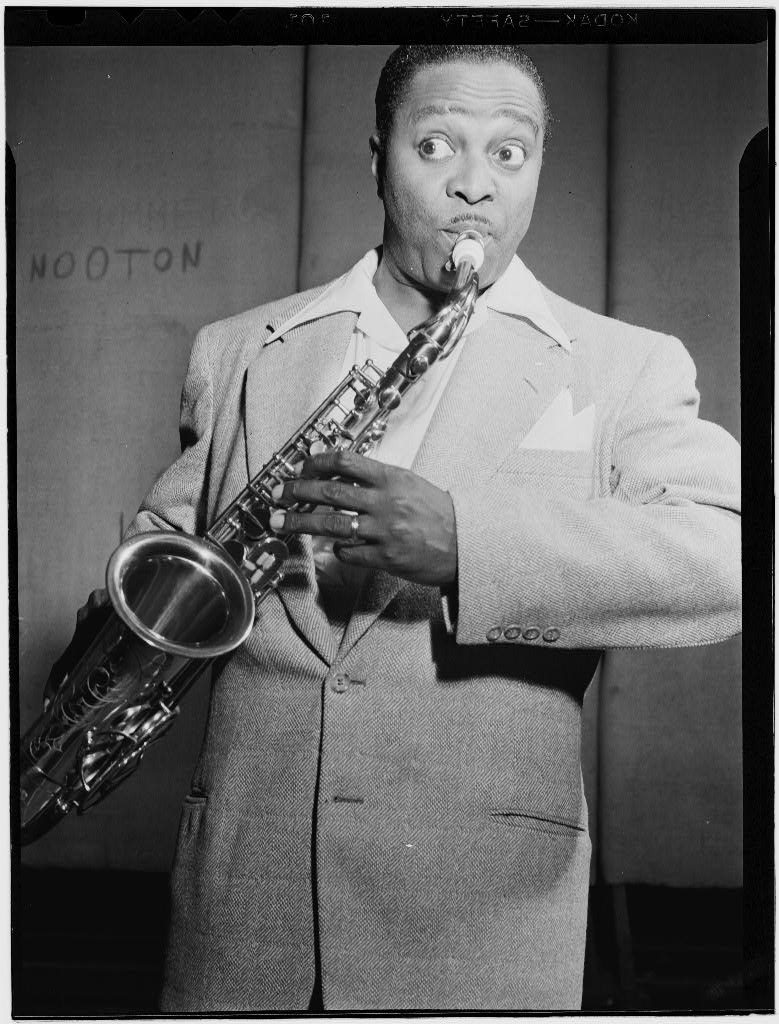
The most obscure feature on our present calendar is undoubtedly Beware, a 1946 Louis Jordan vehicle—so obscure, indeed, that we haven’t seen it yet. (We have seen Jordan’s follow-up, Look-Out Sister, and it’s a beaut. Not only a beaut, but also a western. How can you not love a movie whose title ostensibly derives from a tossed-off warning to an overweight woman at the tip of a diving board?) Beware is not a forgotten film, per se—that would imply that somewhere or another people had seen it and thought something towards it.
Instead, Beware is an impossibly marginal movie and always has been. Given the talent involved, it could not be otherwise.

Consider first Astor Pictures Corporation, its distributor and putative producer. Astor was known largely for its reissues—exhumed studio product licensed for limited re-exploitation. Through its corporate hands passed countless B westerns and such antique UA fare as Street Scene, Rain, The Front Page, I Cover the Waterfront, and Our Daily Bread. Come to think of it, given the dismal prints we see today of all these, was old Astor more a meat grinder for original camera negatives than a bonafide distributor? No matter—Astor’s 1939 mounting of Tumbleweeds yielded one of the pinnacle moments of cinema: a preposterously moving eight minute introduction, William S. Hart’s only screen monologue, that easily eclipsed the feature that followed.
Race pictures like Beware were another niche product that Astor offered, with nearly 700 specialty houses that catered to black audiences hankering for non-studio depictions of minority life. Today it seems a mark of courage that Astor fronted Oscar Micheaux’s disastrous final feature, The Betrayal, and had the chutzpah to open it on Broadway yet in 1948. (Now presumed lost, The Betrayal fancied itself “The Greatest Negro Photoplay of All Times” and ran about twenty minutes shy of Gone with the Wind.)
